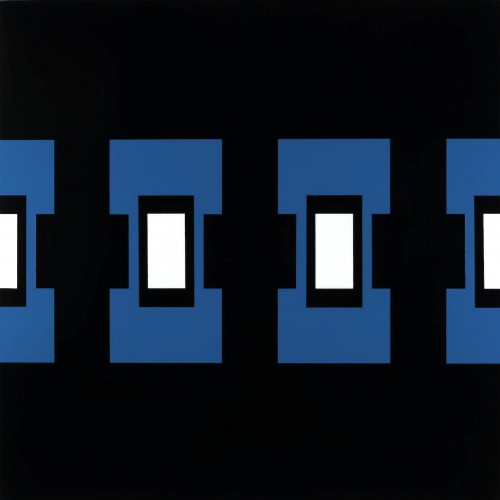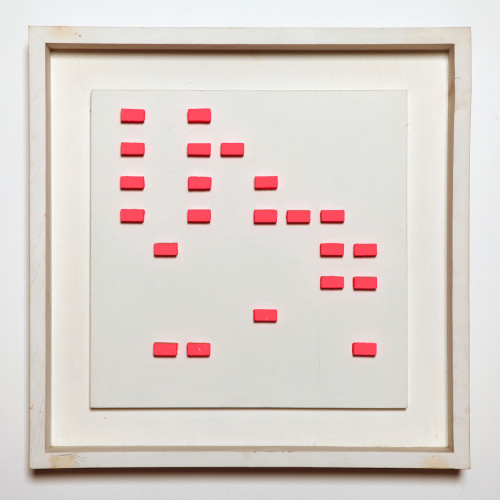Gianfranco Chiavacci - Pittura

Biografia
Gianfranco Chiavacci was born on 1 Dicember 1936, and died on 1 September 2011 in Pistoia, where he lived and worked for his whole life. Interested in art since childhood,he began to paint in the early1950s. At first he simply taught himself by observing work from the past, then he began to attend exhibitions and to move increasingly in Tuscan art circles, drawing inspiration from contemporary art shows. His first pictorial works date to the middle of the 50s, and display an interest in the non-representational climate of those years and in international abstract art, which he learnt about through catalogues and magazines. He started to explore visual and kinetic art, coming into contact with exponents of these fields in Milan and Florence, especially at Fiamma Vigo’s Galleria Numero, a lively focus for artistic debate. The years 1964-65 were marked by the beginning of a friendship and a theoretical collaboration with fellow Pistoia Artist Fernando Melani, which lasted until the latter’s death in 1985. In 1962, he started, for job-related reasons , to attend IBM computer programming courses, which introduced him to scientific thought. This was reflected in his first attempts to trasform computer language into painting. The use of binary language, on what were then cumbersome electronic processing units, and the study of its logic, found application in his first work of 1963. The adoption of binarity, defined by the artist << as a two-state logic (not to be confused with duality or dualism) and as an instrumental process-tecnique for creating and experimentally investigating the formal world pertaining to two-dimensionality>>, became an essential core of his theoretical thinking and working practice right trough until his final works in 2007, when he declared that he had reached a conclusive state. The artist never used a computer to produce works, but the binary logic inherent to it as an executive-logical process; his interest, then, was not in the technique, but in the thought underpinning it. His works, almost two thousand in all, take in a wide range of disciplines, and include paintings, executed with a heterogeneous mix of classic and experimental techniques; three-dimensional sculpture-like works; experiments with materials; Interesting photographic studies; small, limited –edition bloklets; and pieces classifiable as mail-art. His theoretical writings, produced independently or on the occasion of solo shows, are also extensive.













